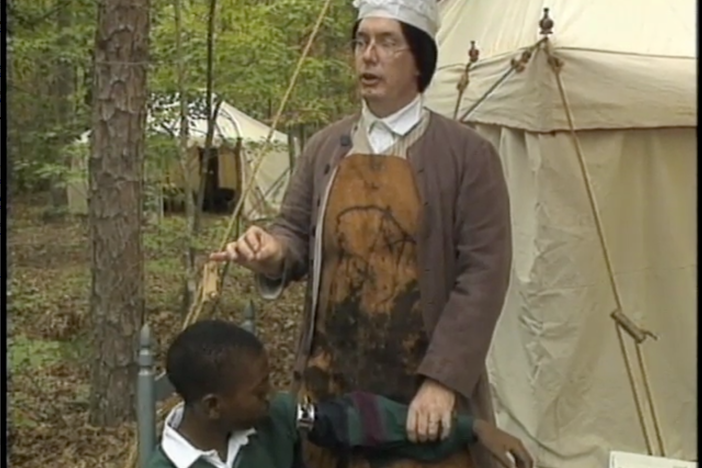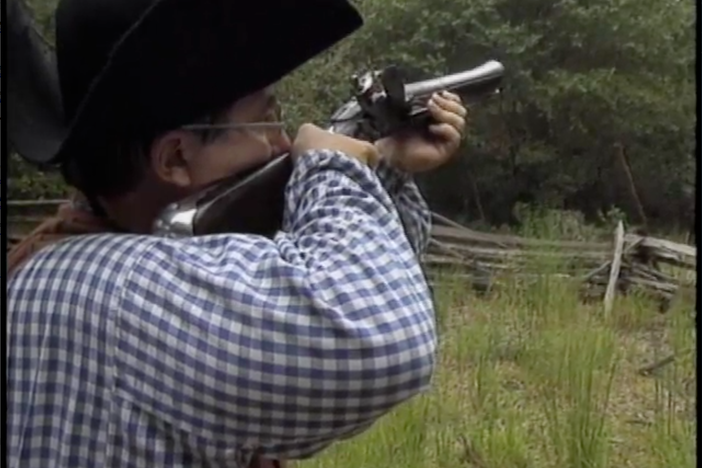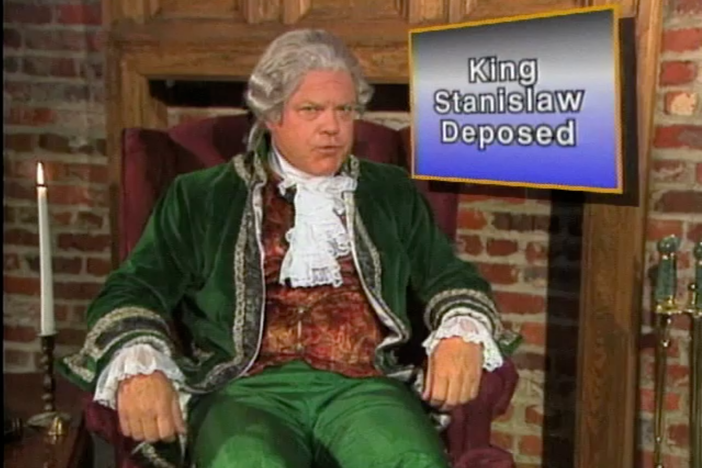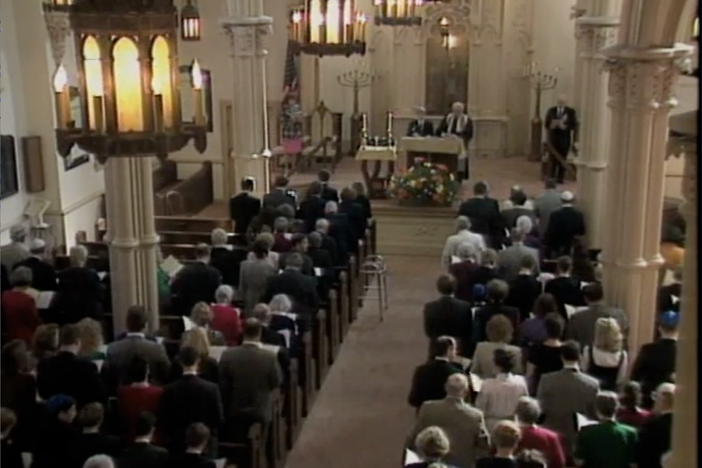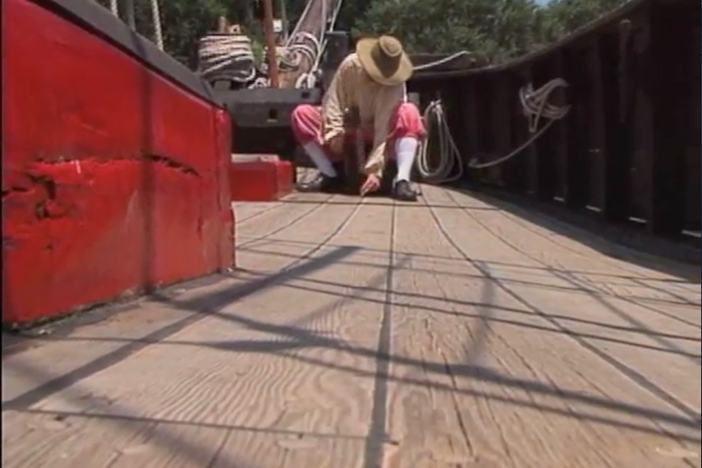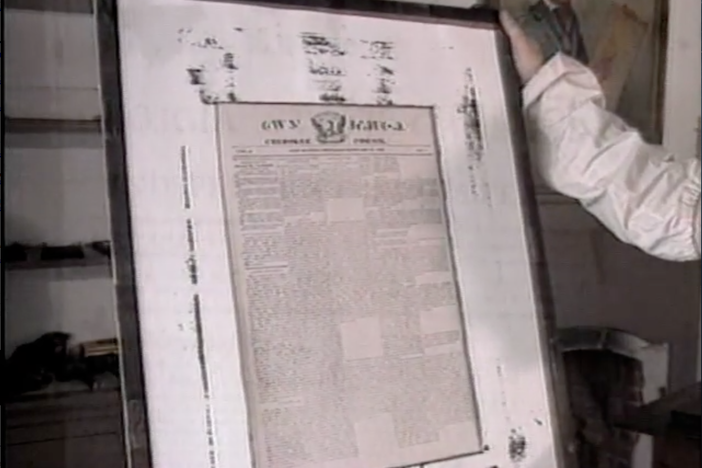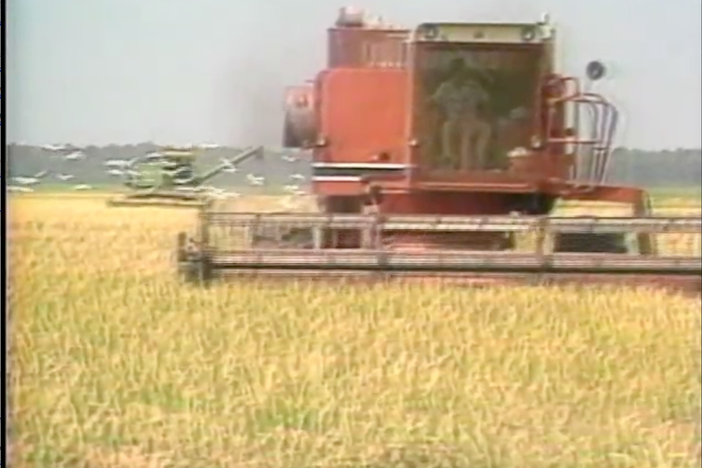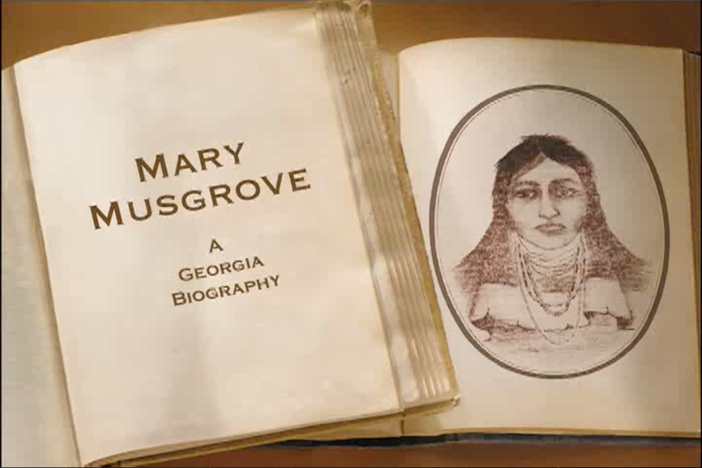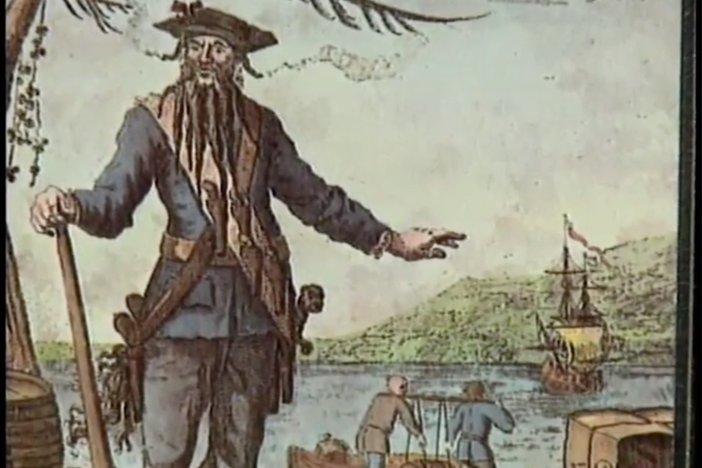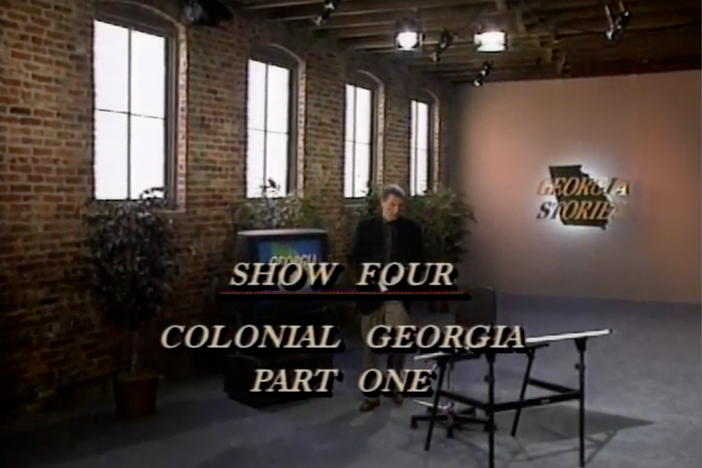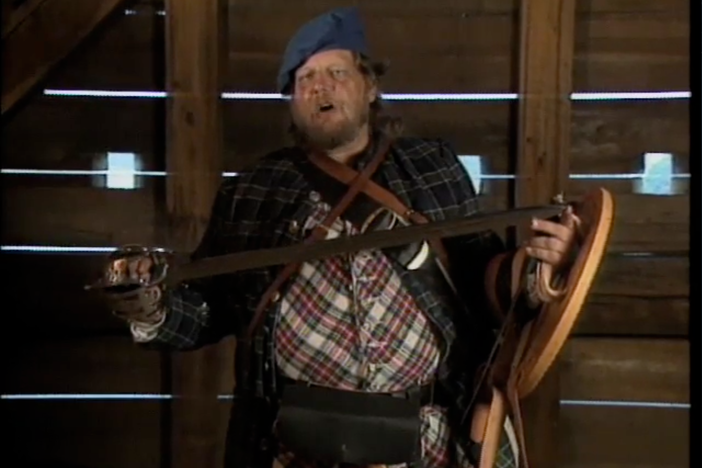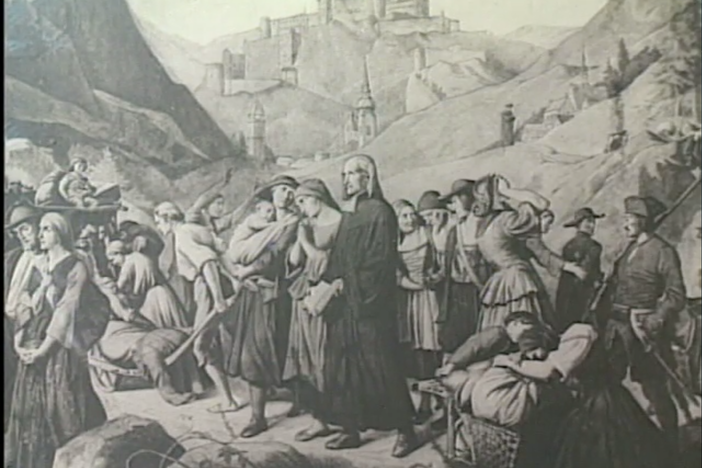Biting the Bullet: Colonial Battlefield Surgery
Michael Williams, a colonial surgeon reenactor at Wormsloe Plantation, displays various surgical instruments and “demonstrates” on students how treatments of amputation, bleeding, and even cutting holes in the skull (trepanning) were used to treat injuries.
Biting the Bullet: Colonial Battlefield Surgery
Michael Williams, a colonial surgeon reenactor at Wormsloe Plantation, displays various surgical instruments and “demonstrates” on students how treatments of amputation, bleeding, and even cutting holes in the skull (trepanning) were used to treat injuries.
1. Describe some of the techniques colonial surgeons used to treat patients.
2. Consider the differences between medicine during colonial times and medicine today. Which medical advancement(s) today would you consider to be the most important? Why?
1. Your teacher should collect pictures of colonial surgical instruments from the internet or a library book. As a class, guess what medical use these instruments had. Your teacher will reveal which answers were right. Compare these instruments with what is used today. (If possible, find pictures of comparable modern surgical instruments.)
2. Respond and comment on the medical treatment of colonial doctors and to discuss some of the differences in medical procedures today.
anesthetics: a drug that causes a person to lose feeling and to feel no pain in part or all of the body
hygiene: the things that you do to keep yourself and your surroundings clean in order to maintain good health
amputation: to cut off (part of a person's body)
trepanning: a surgical intervention in which a hole is drilled or scraped into the human skull to treat health problems related to diseases within the skull
1. Describe some of the techniques colonial surgeons used to treat patients.
Limb amputations were common during the 18th century. Surgeons would use a clamper and a bone saw to make a clean cut for amputations. Surgeons would also boil horse hairs and tie them around a vein to stop the flow of blood. Doctors would also give patients bullets to bite on to keep them from splitting their teeth during surgery. Bloodletting was another common technique used to help ease illness or pains like a headache or sore throat.
2. Consider the differences between medicine during colonial times and medicine today. Which medical advancement(s) today would you consider to be the most important? Why?
While student answers will vary, it is likely that they will include modern sterilization techniques, anesthesia that prevents the patient from feeling pain, and/or technology used to screen patients like CT scans and x-rays.
